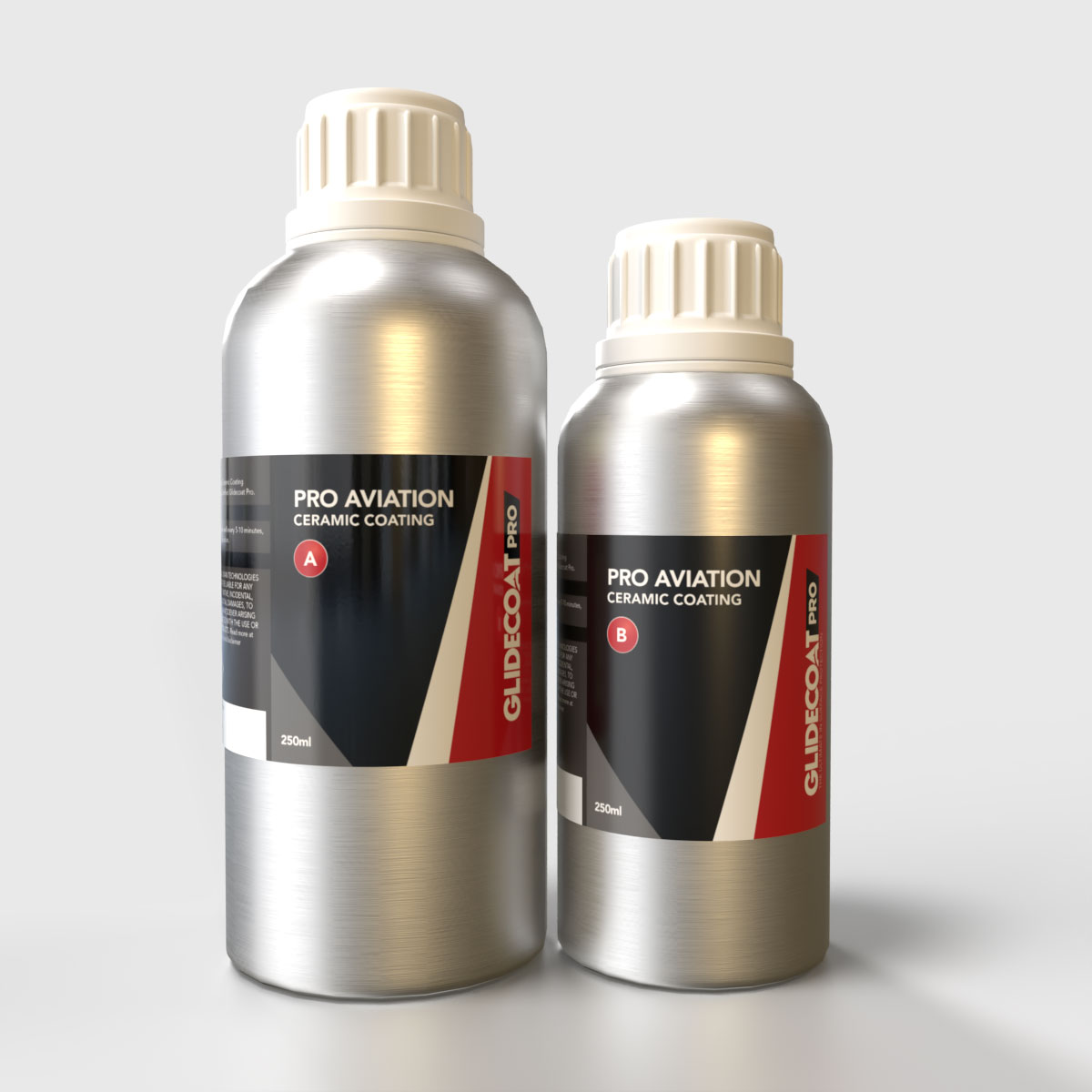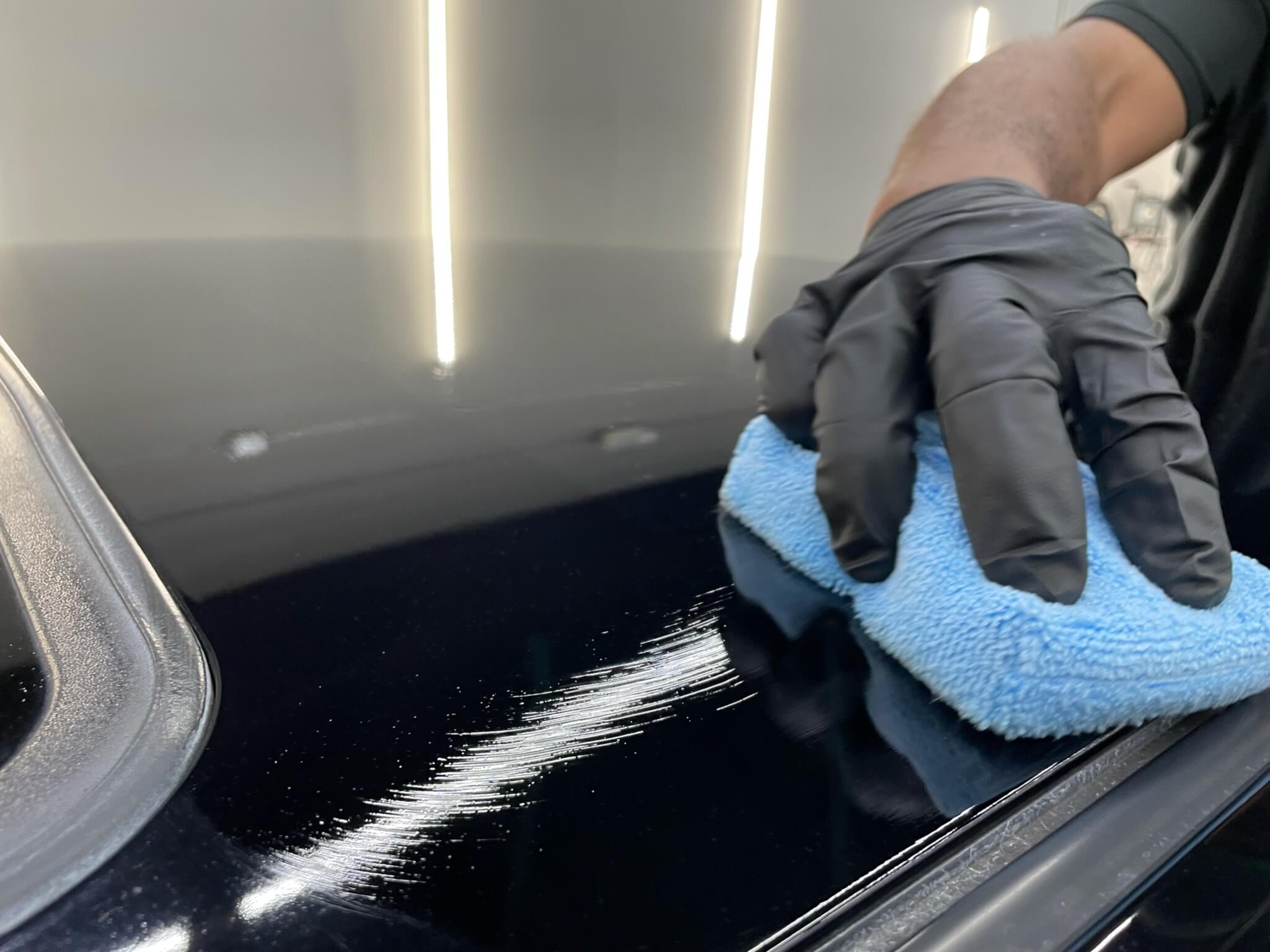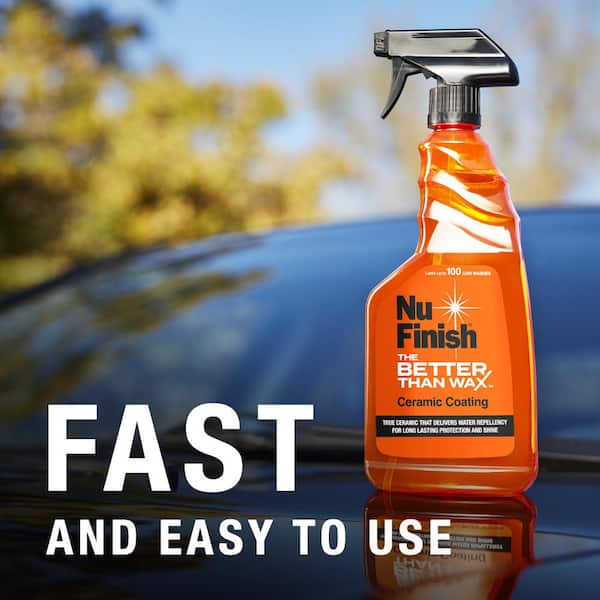Economical and Reliable Ceramic Coating Philadelphia Solutions for Your Car
Economical and Reliable Ceramic Coating Philadelphia Solutions for Your Car
Blog Article
Why Ceramic Covering Is the Ultimate Remedy for a Remarkable Complete
Ceramic coating has become a leading remedy for those seeking a remarkable finish for their cars, thanks to its remarkable toughness and safety functions. This innovative fluid polymer not only bonds flawlessly with factory paint but likewise uses an awesome obstacle versus common risks such as scrapes, UV rays, and toxic wastes. Furthermore, its hydrophobic residential or commercial properties streamline upkeep while boosting aesthetic allure. However, comprehending just how this technology contrasts to traditional approaches and exploring its application subtleties can expose much more about its worth. What elements really set ceramic finish apart?
What Is Ceramic Covering?

When used appropriately, ceramic finish creates a hydrophobic surface that repels water and dirt, making it simpler to cleanse and keep. Unlike standard waxes or sealers, which usually supply short-term protection, ceramic finishings can last for numerous years, relying on the product high quality and application approach. The process of using ceramic finishing needs careful preparation, including comprehensive cleaning and often paint improvement, to make sure optimum bonding and effectiveness.
Ceramic finishes are not restricted to automobile surface areas; they can additionally be used on different products, including glass, metal, and plastics, supplying a functional solution for improving security. Generally, ceramic finish represents a significant innovation in surface security technology, incorporating both practical and visual benefits for a vast array of applications.
Benefits of Ceramic Coating
While numerous surface defense alternatives exist, the advantages of ceramic covering stand apart because of its distinct residential properties and resilient performance. One of the primary benefits is its phenomenal longevity. Ceramic Coating Philadelphia. Unlike typical wax or sealers that require regular reapplication, ceramic layers provide a durable layer that can last for numerous years, dramatically reducing maintenance initiatives
An additional noteworthy benefit is boosted protection against ecological impurities. Ceramic layers develop a hydrophobic surface area that drives away water, dust, and different pollutants, making it less complicated to clean up. This function not only maintains the vehicle's appearance but likewise reduces the risk of corrosion and oxidation, particularly in harsh weather condition conditions.
Moreover, ceramic finishes supply remarkable resistance to UV rays, avoiding fading and degradation of paint with time. This UV security is crucial for keeping the aesthetic worth of surfaces and automobiles revealed to direct sunshine.
Furthermore, the shiny coating achieved with ceramic finishing boosts the overall aesthetic appeal, offering surface areas a showroom-quality shine. Generally, ceramic finishings stand for a significant development in surface defense modern technology, supplying enduring advantages that provide to both functional and visual requirements.
Just How It Works
Comprehending the scientific research behind ceramic finishes exposes how they supply such amazing defense and longevity. At its core, a ceramic layer is a fluid polymer that chemically bonds with the vehicle's manufacturing facility paint.
The application process involves several actions, consisting of surface area preparation, which is essential to achieving optimum bond. As soon as applied, the layer undertakes a curing procedure, during which it hardens and forms a semi-permanent bond with the paint surface. This bond is what identifies ceramic coverings from traditional waxes and sealers, providing a longer-lasting safety barrier that can endure for years.
Additionally, the thickness of the covering can boost its safety high qualities, guaranteeing that it can hold up against rough conditions. Eventually, the scientific research of ceramic layers combines advanced products with cutting-edge application strategies to supply an exceptional level of protection and aesthetic enhancement for automobiles.
Contrast With Standard Techniques
When contrasted to conventional paint security approaches such as sealants and waxes,The benefits of ceramic finishings come to be specifically evident. While waxes use a momentary sparkle, usually lasting a few weeks to a couple of months, ceramic finishes give a lasting protective layer that can withstand for several years. This resilience substantially reduces the regularity of reapplication, making ceramic coverings a more affordable option gradually.
Additionally, conventional approaches frequently call for considerable prep work and several applications to accomplish an acceptable level of defense. On the other hand, ceramic coverings bond at a molecular degree with the car's surface area, producing a robust shield click to read against ecological impurities like UV rays, acid rain, and road salts. This bond boosts the vehicle's resistance to scrapes and swirl marks, which are widespread with standard waxes and sealers.
Moreover, the hydrophobic buildings of ceramic finishings drive away water and dust, causing easier cleaning and upkeep. In contrast, wax and sealant-treated surface areas can draw in crud, requiring even more frequent cleaning - Ceramic Coating Philadelphia. On the whole, ceramic coverings not just provide exceptional security but likewise provide an extra visually enticing and enduring surface, establishing them as the favored option for critical car owners
Application and Upkeep Tips

Using a foam applicator, apply the layer in small areas, following the manufacturer's standards regarding density and overlap. Allow enough treating time in between layers, generally 24 hr, to guarantee appropriate bonding. After application, it is critical to stay clear of exposure to water or severe aspects for at least a week to enable the coating to totally treat.
In addition, making use of a ceramic maintenance spray can improve the layer's hydrophobic click for info residential or commercial properties and longevity. Routine inspections for any kind of signs of wear will certainly aid anonymous maintain the coating's integrity and protect that beautiful coating.
Final Thought
In conclusion, ceramic covering arises as an exceptional choice for achieving a remarkable auto finish. By forming a robust bond with manufacturing facility paint, ceramic layer successfully guards against scrapes, UV rays, and ecological pollutants.

Report this page